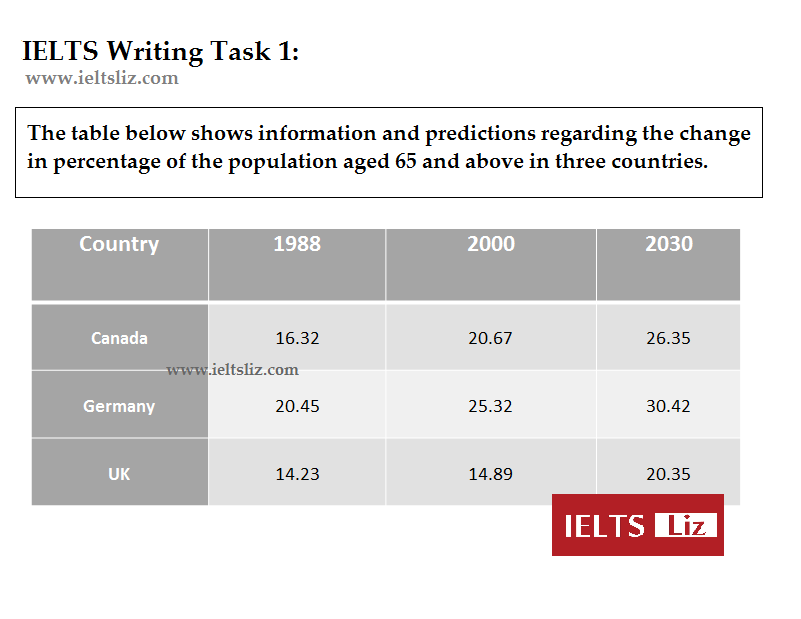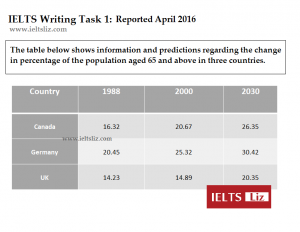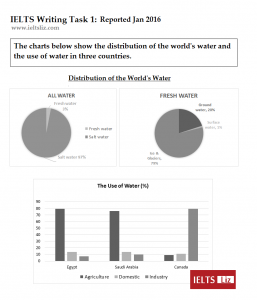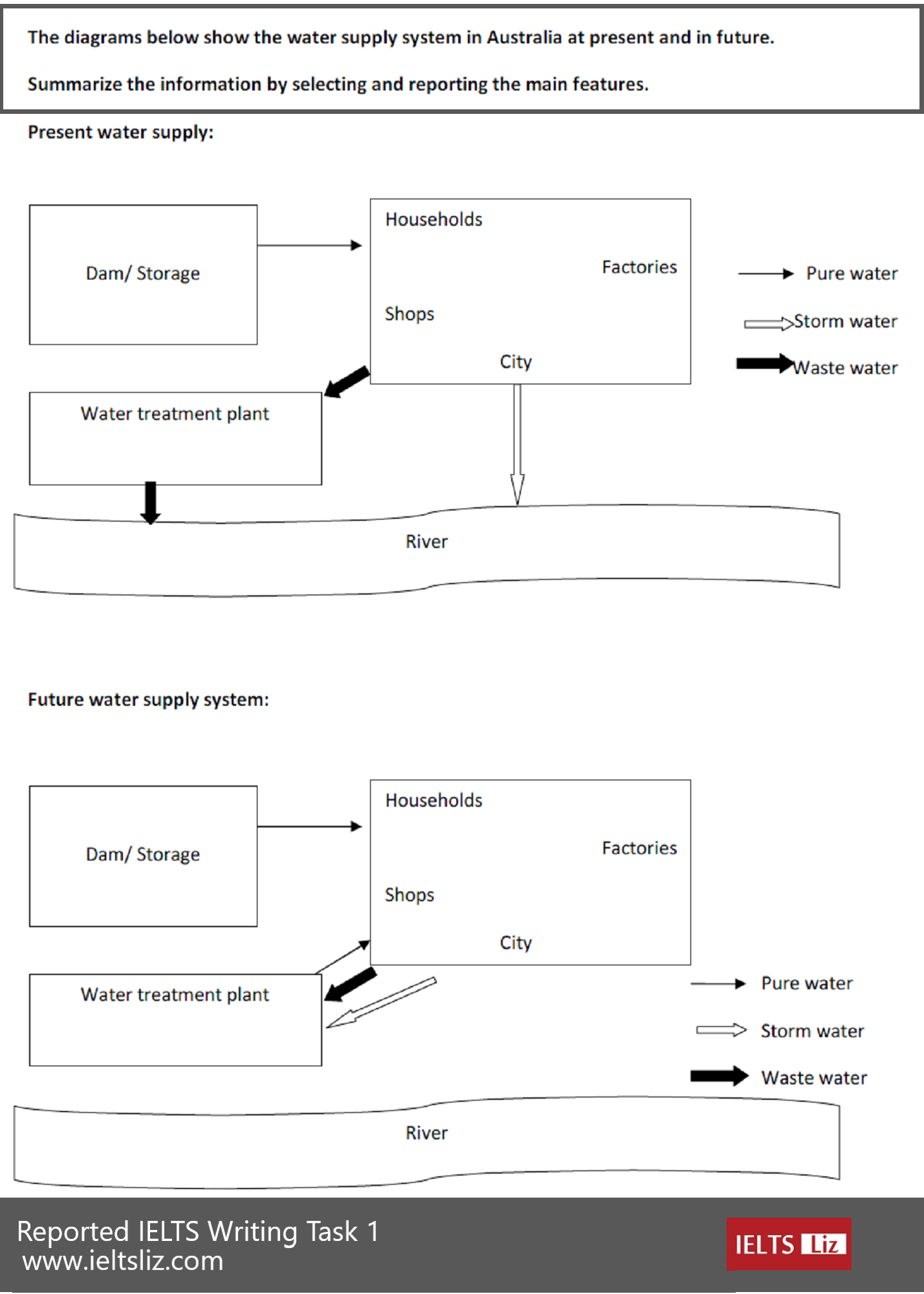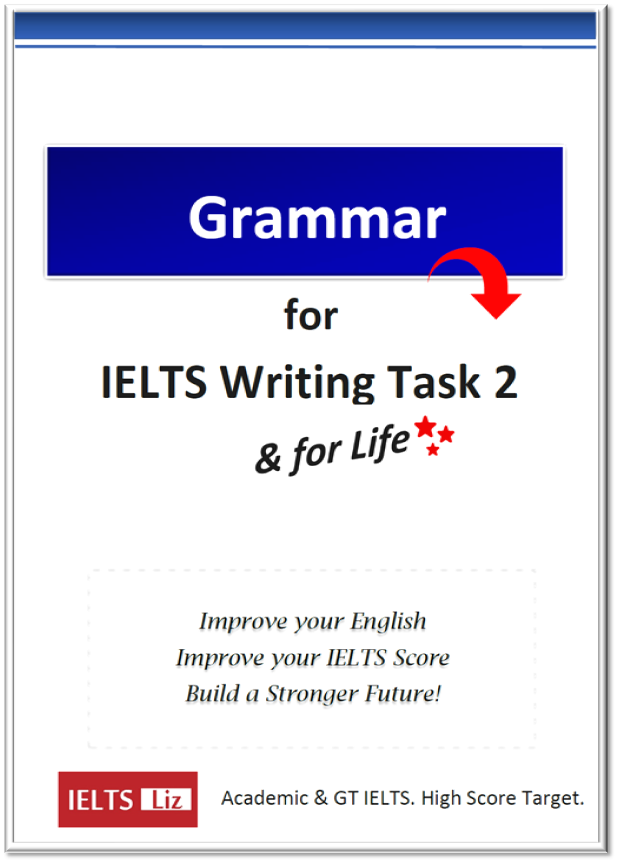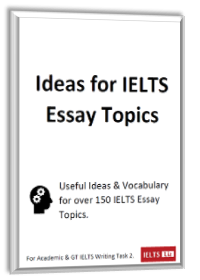Many students ask me if they should indent the first sentence in a paragraph for IELTS writing task 1 and task 2. Let me explain …
In the old days, before the days when most people used computers, it was common to leave a space at the start of each paragraph. This helped the reader to know which sentence is part of a new paragraph and which is not. Nowadays, however, we don’t use this practice.
Currently, when writing by hand or typing on computers, you should leave one line empty between each paragraph rather than indenting. So, when you write your IELTS essays or your writing task 1, just start your sentences at the beginning of the line and when you have a new paragraph, miss one line.
Leaving one empty line between paragraphs is the easiest way for examiners to see your paragraphs. If the examiner can’t see your paragraphs, you will get a lower score because 25% of your marks (Coherence & Cohesion) relates to the use of paragraphs.
Can I indent and leave a line between paragraphs?
It is not necessary to indent. Just aim to leave one line empty between the paragraphs without an indentation. This isn’t a rule, it’s a recommendation. Leaving one line empty between paragraphs makes them very easy for the examiner to see and avoids problems with misunderstanding.
Will I lose marks if I indent my paragraphs?
No. It’s not wrong to indent but it’s better to leave one line empty instead. The key is making your paragraphs very clear for the examiner to recognise and having one empty line is much clearer.
Do I need paragraphs?
Yes, you need paragraphs. The examiner will be marking you on your use of paragraphs as part of the marking criterion of Coherence and Cohesion which counts for 25% of your marks. Your score will be reduced if you don’t use paragraphs or could be reduced if the examiner can’t see them easily.
Main IELTS Pages
Develop your IELTS skills with tips, lessons, free videos and more.
